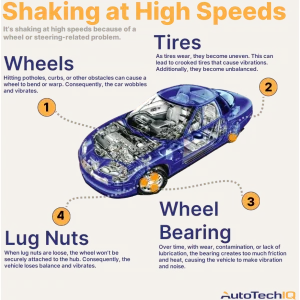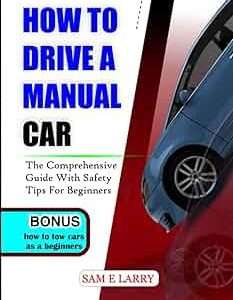Ever wondered what’s really going on inside your car’s automatic transmission? It’s more than just “Drive” and “Park,” you know! Automatic transmissions are complex systems, carefully engineered to provide a smooth and efficient driving experience. They’ve become the standard for many drivers, prioritizing convenience and ease of use. Let’s dive into the world of automatic transmissions and uncover their meaning, functionality, and benefits. Are you ready to shift into gear and learn something new?
Understanding the Basic Automatic Transmission Meaning
At its core, an automatic transmission is a type of gearbox that automatically changes gear ratios as the vehicle moves, freeing the driver from having to shift gears manually. It uses a complex system of gears, clutches, and hydraulic controls to select the optimal gear for the current driving conditions. Think of it as a smart assistant that always knows the right gear to be in! This allows for a smoother, more comfortable ride, especially in stop-and-go traffic.
Key Components of an Automatic Transmission System
So, what makes up this intricate system? Let’s break it down:
- Torque Converter: This replaces the manual transmission’s clutch, allowing the engine to spin independently of the wheels at a standstill.
- Planetary Gear Sets: These sets of gears provide different gear ratios.
- Hydraulic System: This system uses fluid pressure to engage and disengage clutches and bands, controlling which gear ratio is selected.
- Valve Body: The “brain” of the transmission, directing hydraulic fluid to the appropriate components.
- Transmission Control Unit (TCU): An electronic control unit that monitors various sensors and controls the transmission’s operation.
Did you know? Regular transmission fluid changes are crucial for maintaining the health of your automatic transmission. Neglecting this can lead to costly repairs!
Benefits of Driving a Car with Automatic Transmission
Why are automatic transmissions so popular? Here are some compelling reasons:
- Ease of Use: No clutch pedal or manual gear shifting required, making driving simpler, especially for new drivers.
- Smoother Ride: Automatic gear changes result in a smoother and more comfortable driving experience.
- Reduced Driver Fatigue: Less physical effort required, reducing fatigue on long drives.
- Improved Fuel Efficiency (in some modern models): Modern automatic transmissions, especially those with many gears, can be just as fuel-efficient as manual transmissions.
Consider the convenience! Imagine navigating rush hour traffic without constantly shifting gears. That’s the beauty of an automatic transmission.
Potential Drawbacks of Automatic Transmissions
While automatic transmissions offer many advantages, there are also some potential downsides to consider:
- Higher Initial Cost: Cars with automatic transmissions typically cost more than those with manual transmissions.
- Potentially Higher Repair Costs: Automatic transmissions are complex and can be more expensive to repair than manual transmissions.
- Less Driver Control (in some cases): Some drivers prefer the greater control offered by a manual transmission.
Automatic Transmission Maintenance Tips
To keep your automatic transmission running smoothly, follow these tips:
- Regularly Check Transmission Fluid Levels: Low fluid levels can cause serious damage.
- Follow Recommended Fluid Change Intervals: Consult your owner’s manual for the recommended service schedule.
- Avoid Harsh Acceleration and Braking: This can put unnecessary stress on the transmission.
- Address Any Issues Promptly: Don’t ignore unusual noises or shifting problems.
Pro Tip: When stopped at a long traffic light, it’s generally best to keep your car in “Drive” with your foot on the brake, rather than shifting into “Neutral.” This minimizes wear and tear on the transmission.
Frequently Asked Questions About Automatic Transmissions
So, there you have it – a comprehensive look at automatic transmissions! They offer convenience and ease of use, making driving more enjoyable for many. While they may have some drawbacks, the benefits often outweigh the costs, especially for those who prioritize comfort and simplicity. Remember to maintain your transmission properly to ensure years of reliable service. Happy driving!




